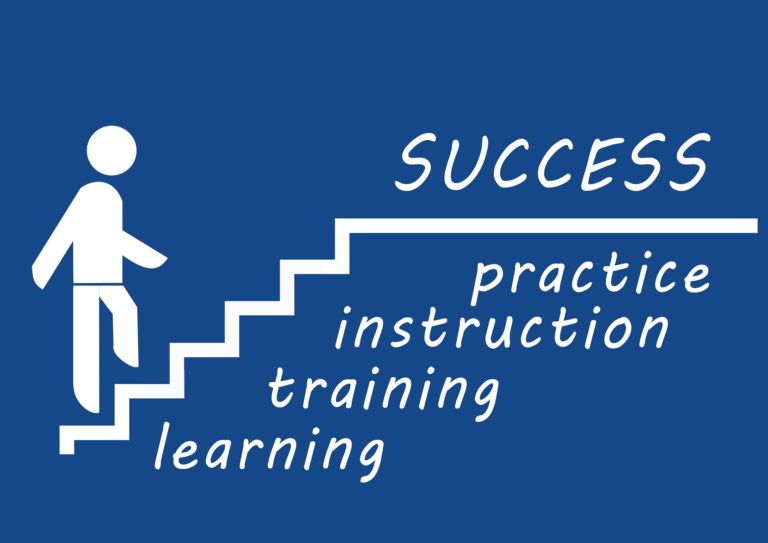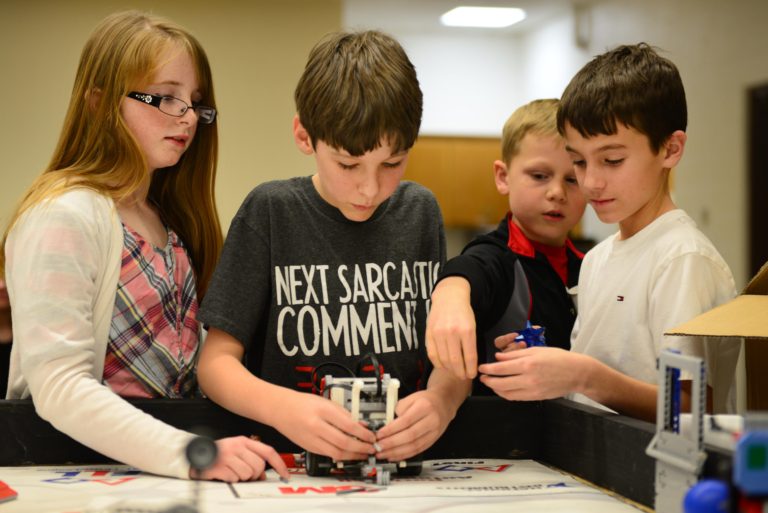Shelly Gable, professor of psychology at the University of California, has studied the effect of constructive responding and identifies four possible answers (MindTools, s.f.):
- Active-constructive: The teacher shows interest, enthusiasm and support, establishing eye-contact. Authentic interaction.
- Passive-constructive: The teacher seems positive, but he doesn’t seem very interested and no other question is asked.
- Active-destructive: The teacher focuses on the negative aspects and belittles the effort.
- Passive-destructive: The teacher does not recognise the effort and ignores the response

Let’s take an example that could take place in class:
Situation 1 – Albert has answered a question correctly. Possible teacher answers:
- Active-constructive: “Albert that’s right on the money, it’s great how you remember to carry the number, keep it up”.
- Passive-constructive: “Good”.
- Active-destructive: “Albert, I’m surprised you did your homework for once”.
- Passive-destructive: “Any other response?”
Situation 2 – Albert has answered an incorrect question. Possible answers:
- Active-constructive: “Albert, it’s great to see how much effort you’re putting in here. I see that you carried the number in the tenths place. Remember to do that every time you need to do it. Let’s try again”.
- Passive-constructive: “Albert lets give it another shot”.
- Active-destructive: “Albert, that’s not even close, come on, try harder”.
- Passive-destructive: “Let’s continue”.
Active-constructive responding have a positive impact on the students and improve the quality of the relationship, building a climate of trust and understanding. These positive relationships generate positive feelings such as happiness, self-confidence and reduce stress (MindTools, s.f.).
Remember that the tone of the voice and body language are very important and have to be consistent with the language used. Smiling is another of the most successful strategies to create a positive climate in the classroom (Levin, s.f.).
As a teacher it is necessary to be aware of how we respond to students as this can directly affect their behaviour and performance. David Yager has studied the teacher-student relationship and observed that the teachers’ high standards and belief that the student was capable of meeting those standards has resulted in greater academic engagement and higher quality of work. This effect is known as the Pygmalion effect or self-realised prophecy theory. So, teacher’ expectations about a certain students, both positive and negative, determine student’s behaviour and performance. If a teacher has positive expectations about a particular student, it is likely that he ends up treating him in a different way, for example generating more stimuli or being more patient; and the student ends up responding in a different way, confirming the teacher’s expectations. Therefore, as a teacher it is necessary to have a positive attitude and expectations to positively influence students’ results.
Bibliography:
- MindTools (s.f.). Gable’s four responses to good new. MindTools. Recuperado de: https://www.mindtools.com/pages/article/gables-responses-to-good-news.htm
- Levin, D. (s.f.). Teaching Character and Creating Positive Classrooms en Coursera. Documento publicado por Relay Graduate School of Education clases en línea, archivado en: https://www.coursera.org/learn/teaching-character



